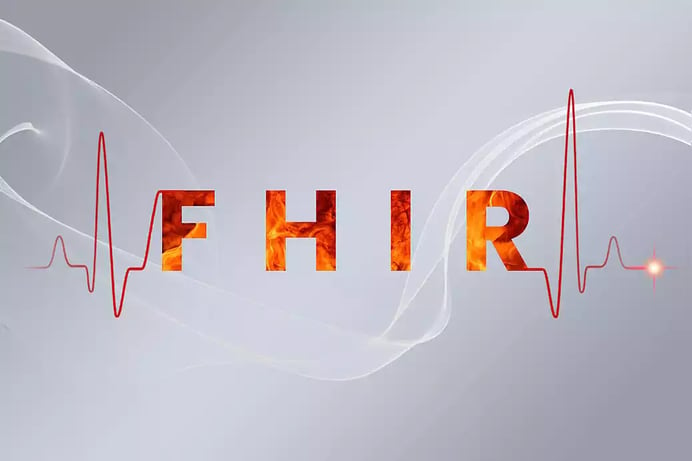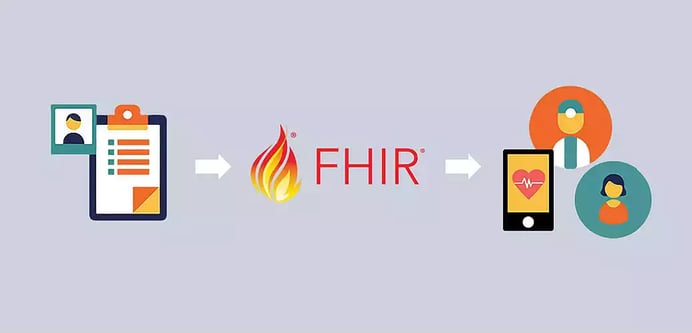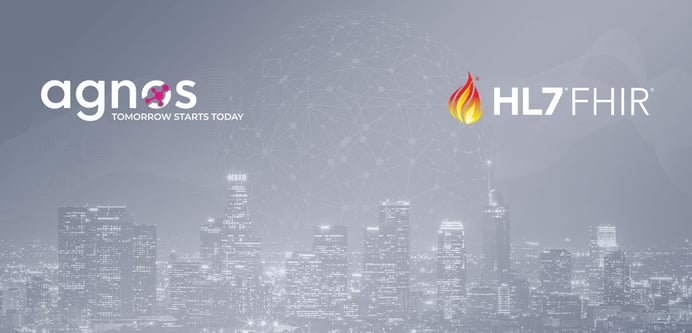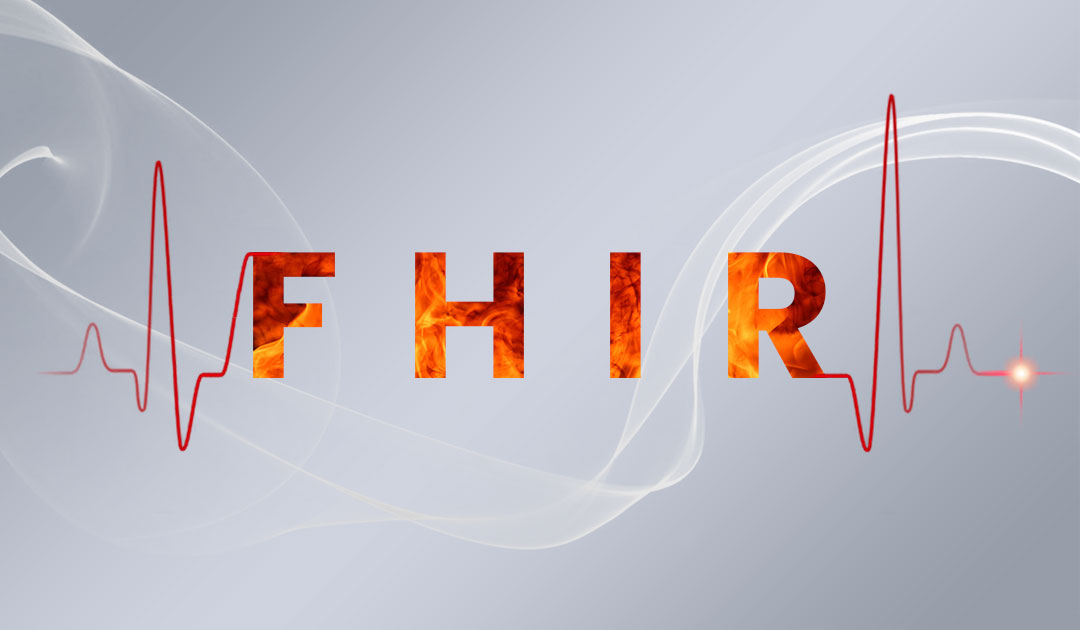
Fast Healthcare Interoperability Resources (FHIR) is an international standard for exchanging digital health data. It evolved from HL7, which pioneered the health data exchange field and is now increasingly used in health information technology.
Reasons that Show Why FHIR is Needed for Global Health
Let's see why FHIR is important and why digital health should be on FHIR:
- Patients find it extremely painful to constantly provide their medical information to multiple providers, thus running the risk of misdiagnosis and care gaps. Moreover, scattered and incomplete information leads to problems in claims.
- Payors are challenged by an inability to access patient information across varying providers, the lack of technical interoperability between Payors and other Payors, and the lack of data standardization.
- Providers need to access the right patient information across different providers and payors to be able to provide the best patient care given the ever-increasing complexities of administrative, clinical, and regulatory standards, and requirements.
FHIR provides a good solution to the above issues. It allows the electronic medical records of patients to be accessed by multiple users including payers, physicians, and patients. It offers easy access to medical data and enables seamless communication among different stakeholders.

What does FHIR offer to its Stakeholders?
FHIR combines the best features of HL7 v2, HL7 v3, and CDA product lines while leveraging the latest web standards. It offers a means to represent and share patient data among clinicians, payors, and other organizations in a standard way regardless of how local EHRs represent or store the data, and creates a smooth pathway for connecting to third-party apps directly from your EHR.
Moreover, HL7 provides concise and detailed documentation for developers with multiple free tools shared in the community along with the needed support available. The ability to use common web standards like JSON, HTTP, XML, and OAuth, allows programmers to build apps speedily and efficiently even if they’re not familiar with the healthcare domain.
For patients, FHIR offers them a holistic overview of their clinical data. Patient information can be pulled from EHRs and other health organizations to offer this comprehensive view.
FHIR Components
FHIR solutions are built from a set of modular components called "Resources". These resources can easily be assembled into working systems that solve real-world clinical and administrative problems at a fraction of the price of the existing available alternatives. These FHIR Resources often have references to other resources enabling the implementation of the custom scenarios. FHIR thus appears to offer the best chance of achieving seamless data exchange.
Benefits of FHIR
Let's check out some tangible benefits of using FHIR.
- Provides a common language in which to think about health
- Provides faster, real-time access to the holistic view of data.
- Aligns CMS eCQM reporting with industry clinical data exchange framework, reducing implementation burden.
- Enables automated data retrieval from EHRs and submission of quality data through the use of standards-based application programming interfaces.
- Promotes Interoperability.

How can Agnos help you?
At Agnos, we have healthcare domain expertise and we are one of the early adopters of FHIR standards. Our interoperability implementations at CareCloud have been referenced by Google Cloud's Healthcare API teams. We also deployed our expertise in healthcare technology and business process optimization to help one of our client's bring the clinic to the patients. We built this entire system using the FHIR standard (Fast Healthcare Interoperability Resources) thereby enabling seamless integration and interoperability between multiple healthcare systems.
We started implementing FHIR for our clients even before it was recognized and used commonly. We have built accelerators based on FHIR. Our internal data models are also based on FHIR. We not only think in FHIR but We also speak FHIR! So, get ready for the future with Agnos.
Do you want a deep dive into the transformation taking place in the healthcare sector because of the new Health Level 7 (HL7) Fast Healthcare Interoperability Resources (FHIR) standard? Let Agnos help you in your quest!






.png)